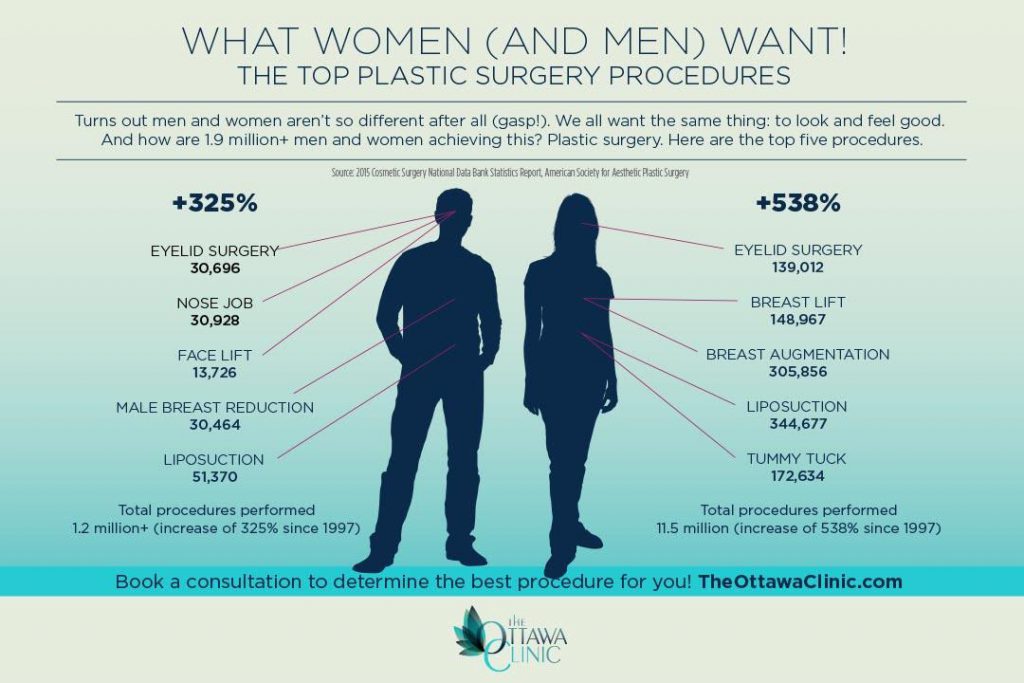Can Tea Tree Oil Clear Acne
Can Tea Tree Oil Clear Acne
Blog Article
Reasons for Acne on Cheeks
Acne outbreaks in the cheek area are triggered by several points, from touching your face frequently to not transforming your pillow case frequently enough. Picking at imperfections enhances your risk of infection and scarring, and particular medications can worsen dark areas (postinflammatory hyperpigmentation).
Fortunately, there are numerous ways to prevent and treat cheek acne. These include:
1. Hormonal Changes
Acne is largely caused by hormones, especially those produced throughout the age of puberty and maternity. For some, a family history of acne might additionally contribute to their condition. Anything that clogs pores, such as oil-based skin care items or ceraceous hair items, can activate acne. Numerous topical therapies, like benzoyl peroxide and salicylic acid, can battle germs and unblock pores. Those with severe or chronic acne should look for therapy from their medical professional.
Stay clear of touching or pressing your acne, as this can push some of the bacteria deeper into the skin, bring about an extra extreme outbreak. It is likewise essential to change pillow cases regularly and use tidy make-up brushes. You must likewise try to avoid toxic irritants such as rubbing from using a safety helmet or tight collar.
2. Diet regimen
The oily, sugary foods that many people think trigger acne might really refrain from doing so. In fact, researches have actually shown that eating a diet abundant in entire, nutrient-dense foods assists to prevent outbreaks.
Foods high in the glycemic index (such as white bread, corn flakes, blew rice and potatoes, doughnuts and other pastries) elevate blood sugar level levels quickly, and this can raise hormonal agents that increase oil production and cause acne.
Consuming cow's milk has additionally been connected to enhanced acne breakouts. If you are a normal cow's milk enthusiast, you may want to attempt switching to low-fat or nondairy alternatives that are strengthened with calcium. Furthermore, drinking even more water can assist to reduce acne due to the fact that it assists to keep the skin hydrated.
3. Excess Oil
While oil is crucial for healthy and balanced skin, it can end up being a problem when way too much sebum combines with dead skin cells and blocks pores. This mix can produce blackheads, whiteheads and acnes. The blocked pore wall can break down and spill microorganisms, dead skin cells and sebum right into surrounding skin. This causes a red bump referred to as an acne. Often these red bumps have pus in the center from a microbial infection. Larger contaminated bumps that appear like acne are called cysts.
There are many points that can cause excess sebum and clogged up pores, including hormonal agent changes, diet regimen and everyday routines. Some examples consist of touching the face often, resting your hand on your cheek, utilizing dirty make-up brushes and not changing pillow cases frequently.
4. Stress
If you're managing throbbing acnes or a slew of blackheads and whiteheads, it might be time to talk to a skin doctor. They can recommend a reliable treatment that matches your skin type. Exercising relaxation and stress-reduction strategies also aids.
Acne can occur in the cheeks because of friction and pressure, such as when an individual touches their face frequently or uses a hat or sports helmet that scrubs versus the skin. It can also show up where greasy cosmetics and creams rub against the skin.
Stay clear of squeezing acne, as this botox lip flip can press infected material deeper right into the skin and result in scarring. Rather, see a doctor to learn more about preventative treatments like medicine, skin treatment products and way of living changes. Consuming a healthy and balanced diet of entire foods, obtaining seven to 9 hours of sleep and utilizing noncomedogenic make-up and skincare items can all help in reducing acne breakouts.
5. Hair Products
Hair items are not typically considered a source of breakouts, however they can add to acne on the cheeks in some people. Pomade acne, which is defined by tiny closed comedones and papulopustules, is frequently caused by using oily hair items that contain comedogenic components such as particular oils and acetylated lanolin.
Choosing hair products that do not contain these potentially comedogenic active ingredients is an important step towards minimizing breakouts. Additionally, ensuring that hair products aren't can be found in contact with the skin can help avoid outbreaks. As an example, wearing a headscarf or hood at night can limit hair-to-face get in touch with and lower the possibility that leave-in hair items will certainly abrade onto the face.
In addition to utilizing a non-comedogenic cream and washing with an acne face wash, other practical strategies include: